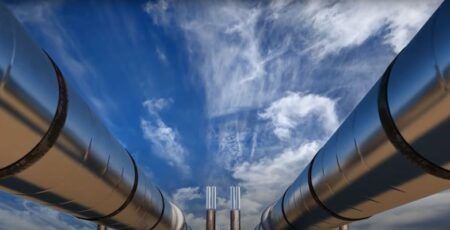by Dirk Steiner, business development manager, Yxlon
The global coronavirus pandemic hit many industries hard and one of the worst affected has been aerospace. The sudden decrease in air travel impacted revenue from new aircraft sales and replacement parts. The pandemic has also forced many aerospace companies to focus on cost savings that include workforce reductions. These reductions are being coupled with automation improvements to make scaling up activity easier when business rebounds.
If your company must reduce costs or headcount due to the pandemic, this is the opportune time to take advantage of the financial and economic benefits that converting to an industrial digital radioscopy x-ray system from old film technology provides. An assessment to comparing the technologies will determine if the return on investment (ROI) in your particular instance is worthwhile.
X-ray in aerospace manufacturing
Film technology came into use during World War One for industrial x-ray and more than 70 years later is still being used in a variety of industries that produce metal cast parts today.
Most aerospace components must be inspected externally and internally non-destructively by x-ray o ensure safety, quality and end-use performance as well as to meet all applicable industry standards. For companies producing parts for this and other critical industries, inspections and documentations in regard to those inspections, are a necessary and integral part of serving their customers.
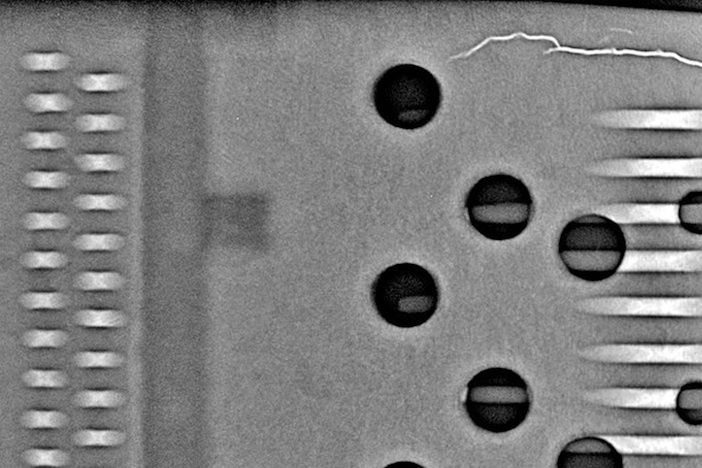
Aerospace equipment still depends largely on the same types of cast parts that have been used for 30 to 40 years, and for that length of time, most have been inspected using film x-ray equipment. However, film-based x-ray is no longer the most efficient method of inspection. It is labor intensive, carries environmental risks and takes a long time to process and complete with cycle times ranging up to three hours.
With labor reductions and demand slowdowns, now is the perfect time to change technologies and migrate from film to digital inspection systems. During this critical time, and before production in the industry scales back up can be a good time put in place new process and ease the transition to digital.
Digital radioscopy vs film x-ray
Digital radioscopy (DR) takes digital x-ray images from all different angles and stores them on a drive in a matter of seconds. DR makes one-time loading possible and offers automatic positioning for parts. This eliminates the time for film loading as well as the need to reposition parts for each image. DR significantly reduces cycle times, where a film x-ray system would take one to three hours to inspect a single part, a DR system can complete inspection on the same part in approximately 15 minutes.
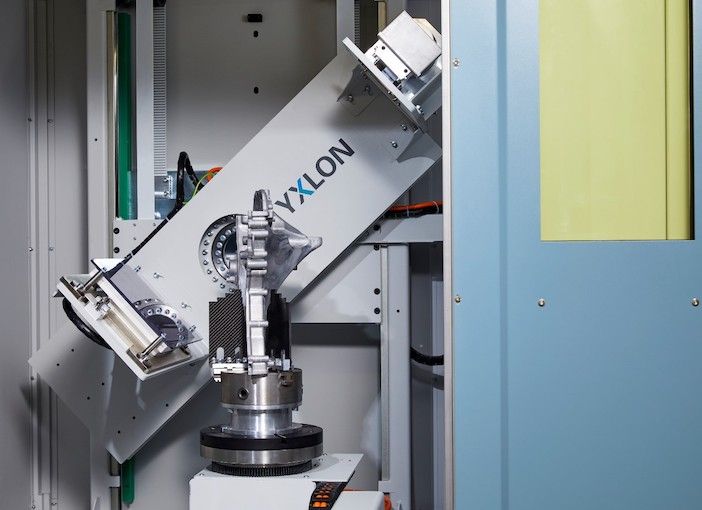
DR systems do require operator training but can produce results immediately. The immediate results from DR inspection are digital and easier to read than film results. DR scans do not require back-lit film readers that can be tiring to read, putting strain on the eyes of the radiographer. They also do not have to be stored in hard copies that require climate-controlled warehousing for the physical films, rather they can be stored and tracked digitally on company servers freeing up storage space.
Return on investment for digital radioscopy
There are a significant number of areas where companies see returns from investing in DR inspection, those areas include:
- Time savings
- Labor savings
- Elimination of materials costs for film, chemicals and disposal
- Increased production efficiency
Time savings
Time savings are arguably the most important factor that impact other areas of return on investment. With DR, images can be reviewed, shared and re-shot almost immediately. Waiting for the development process and reloading of film is no longer necessary.

When considering the parts mix, more complex parts may require 10 x-ray images to be taken and smaller, simpler parts may only require a single x-ray image. The time using film technology for to collect those images is up to three hours. Due to the automation and digital factors of DR systems, scan times are drastically decreased, by up to 90%.
This time saving contributes to lower labor requirements and increases the capacity of a single system, so more parts can be inspected. For companies with several inspection systems this could also lead to a reduction in the total number of systems, while continuing to provide the capability to keep inspections in sync with production.
A world leader in superalloy, aluminum and titanium investment casting experienced a significant ROI due to time savings by converting from film x-ray to an Yxlon DR system. “You can shoot the product much quicker, we had around a 75 percent reduction in time than with conventional film,” said Tyler Deschaine, NDT engineering manager at PCC Structurals.
Training
Reduction in required labor on part inspection presents the largest impact on ROI and possibly the most relevant area of return during periods of workforce reductions related to the pandemic or other events. Fewer people are needed per cycle because there is less labor needed to change out films, reposition parts per image, and read images.
In addition, automated techniques and advanced software tools in DR systems can provide better efficiencies, removing the need for employees to conduct the time-consuming development process of film and image. Digital imaging software tools can also reduce the inspection load and facilitate image sharing across machines and locations saving valuable time.
Personnel costs entail more than just wages, benefits, overhead and overtime. Other associated costs should also be considered. For example, one company in the industry was using a film X-ray system for inspection and had a team working on the system that consisted of one Level III Supervising Radiographer, a Level II Radiographer and five additional Level I Radiographers.
When the company transitioned to a DR system, it was able to operate with a smaller team consisting of one Level III Radiographer along with one Level II Radiographer. The company cut their personnel costs by nearly 40%. At industry average salaries plus associated costs, in this case the annual savings was approximately US$192,400. That could make a large dent in the cost of a new digital radioscopy system.
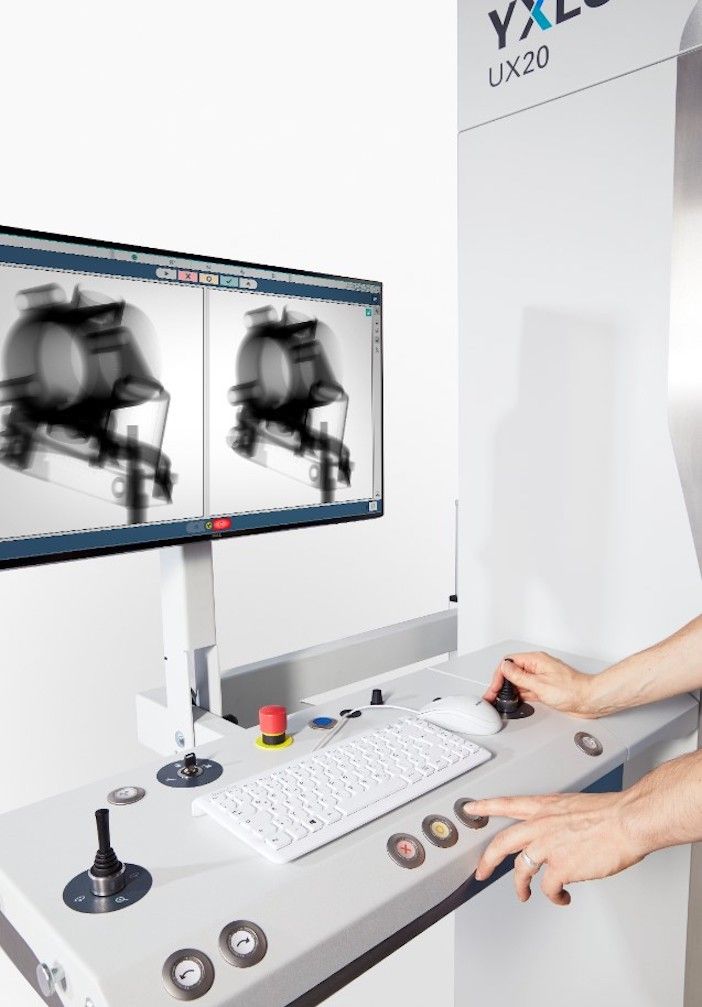
PCC Structurals was able to reduce its need for Level I radiographers. The company took the savings as an opportunity to clear production bottlenecks at the reading stage of NDT by training and promoting current Level I radiographers to Level II to complete readings.
“With the Yxlon system, we don’t need all of the Level I radiographers for shooting the product, so we cross train or promote Level I shooters up to Level II readers. That way, we can get more product through with the same capacity and the same number of people, avoiding a bottleneck at reading,” said Deschaine. ”
“When the aerospace industry picks back up, we’ll be able to do more without adding people.”
Finding truly competent and qualified staff is challenging enough, so scaling back on the number of radiographers needed for inspection allows you to keep top talent and streamline teams. Smaller teams and easier-to-use, less labor-intensive systems will reduce the amount of time needed to train new personnel on a DR inspection system.
However, the transition process must include training. These costs tend to be low and are often included in the installation and set up costs but should still be considered in the calculation of ROI.
Personnel savings are often a top reason for considering the transition from film to DR.
Rising material costs
Consumables are an obvious area of savings when transitioning to a DR system that impact ROI. Film is the most significant line item for materials cost with film x-ray systems. As general demand for x-ray film decreases and the costs of materials to produce it increase, the price for x-ray film continues to creep up.
In 2020, x-ray film prices increased by 30% and will likely continue to rise. When one company analyzed their film spending, they were paying US$674 on average for a 100-count box of 17×14 inch film and US$226 on average for a 4.5×17 inch film in a standard box of 100. When the company analyzed its film costs to annually supply a single x-ray system, it was more than $270,000. When replacing that system with DR, this total spend drops to zero. This again shows another large dent in the cost in migrating to a digital radioscopy system.
Additional chemicals and disposal fees were also reduced to zero. Disposal fees are often offset by return credits from disposal companies reclaiming and recycling the silver, so in most cases these line items may already be small. Nonetheless, these too can be eliminated with the migration to a DR system.
DR systems significantly reduce the number of necessary consumables. Digital panels for these systems may be classified as consumable by some companies. Although they carry a higher price tag, these panels offer many years of service before requiring repair or replacement. Warranties, standard life and regularly scheduled maintenance for these panels should be considered in ROI evaluation as well.
“I looked at the amount of film we were shooting on and with DR all of that material cost was gone. Film was the biggest expense,” said Deschaine. “When using a DR panel, they can last for years rather than months with a CR imaging plate or one use with film.
“There’s a lot of materials that go into X-ray imaging and other costs. There’s water consumption if you’re running automatic processors and chemicals. There’s hidden costs as well such as for maintenance.”
Production efficiency
Production efficiency is a broad but important category for ROI consideration. Savings areas for production can include a reduction in the footprint required for housing the system. Images and time savings can be realized thanks to the near real-time availability of inspection results and improvements to inspection reporting procedures
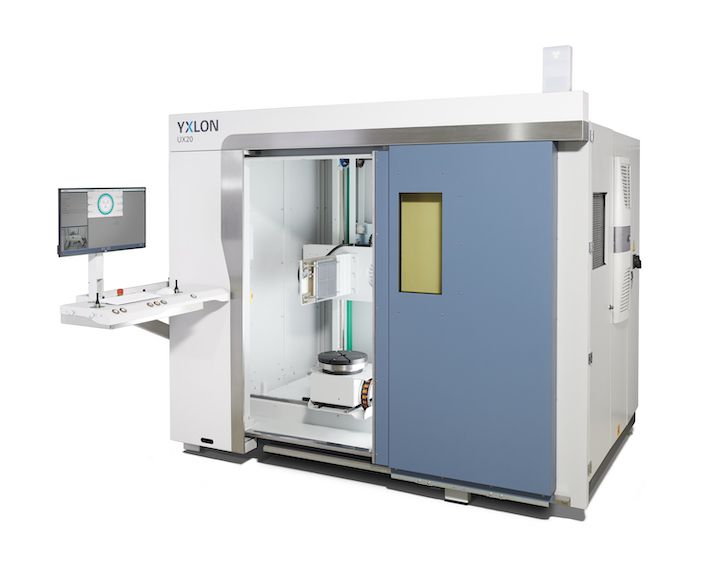
When applying a dollar value to each hour saved, one company realized an annual savings of US$421,500 specifically due to the real-time availability of inspection results and $8,800 due to improvements in inspection reporting.
Deschaine was able to calculate an 18-month ROI for investing in DR, and PCC has recognized additional DR advantages of decreased lead time and better part quality which is passed to customers.
Other considerations
Companies assume the quick image and software tools available with DR will combine to make operators more efficient and effective, and this is true. But having the technology to create more detailed images can affect other departments.
In an ideal world, it would be a benefit to see “more” detail, however, practically speaking, seeing higher detail can have a large impact on production and isn’t always appreciated for its benefit, especially by the quality control department. Keep in mind, the “cost of quality” concept helps rationalize what it takes to avoid a potential recall or audit due to missed defects, and the costs associated with them.
Service and maintenance costs are additionally important to consider, as is a spare parts strategy. In a business where even a single production hour lost can affect production schedules— or even profit and loss statements — it is very important to ensure the system has the least amount of downtime possible.
Many industrial x-ray system manufacturers offer service plans that include regularly scheduled maintenance visits where they inspect all components and parts. It is important to have a spare parts strategy in place, especially for those parts known for regular replacement due to wear and tear, and to know the costs associated with it. This should be discussed with the manufacturer to ensure you are not caught with a shortage of parts necessary to keep the system running on schedule.
Seize the opportunity
The goal of transitioning from film x-ray to DR is not simply to replace film, but to upgrade to a digital solution that can be implemented quickly and efficiently into production.
As technology advances in all other areas of production, it has also moved forward in part inspection with x-ray. It is no longer a question of if you need to transition from film x-ray to DR but a question of when. Economic slowdowns, be it due to a pandemic or other reason, offer an excellent opportunity to review equipment and processes to invest, and consider new technology that will offer immediate savings on personnel, consumables, and time. Especially those that offer additional future savings in productivity, and in other areas such as storage and floorspace.
All in all, there are many variables to consider when calculating the return on investment for this transition from film to digital imaging. Finding a good partner to help navigate these numbers unique to your operation is ideal.
This article was contributed by Yxlon. For more information please go to www.yxlon.com or contact Dirk Steiner at dirk.steiner@yxlon.com




